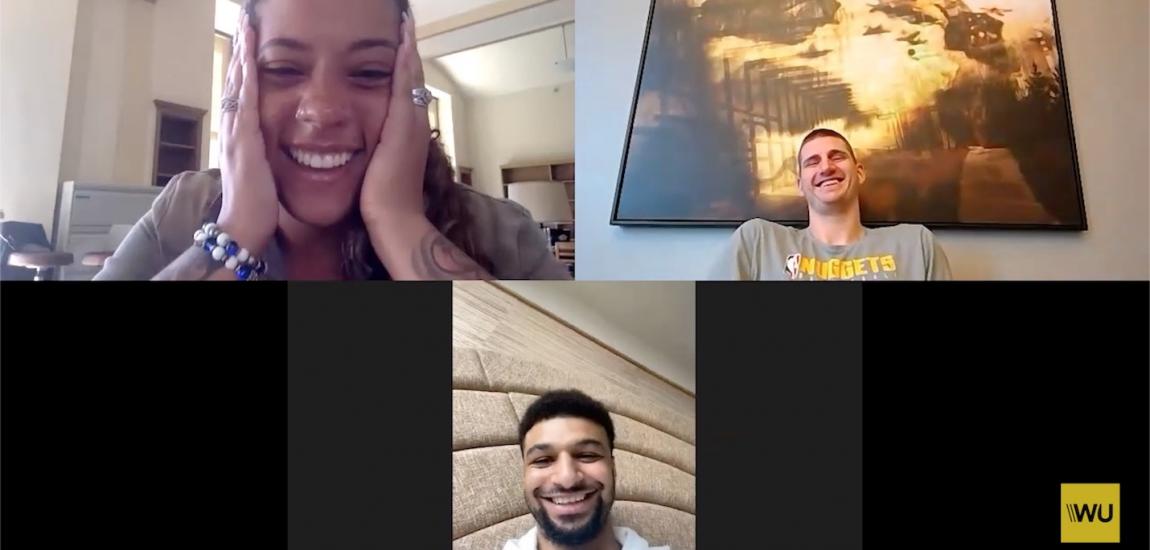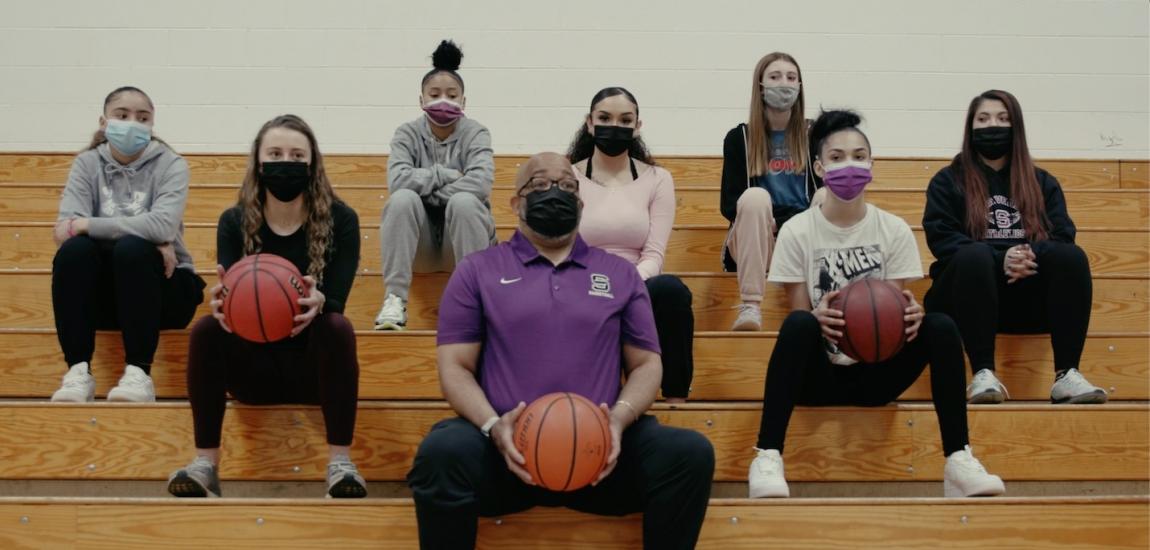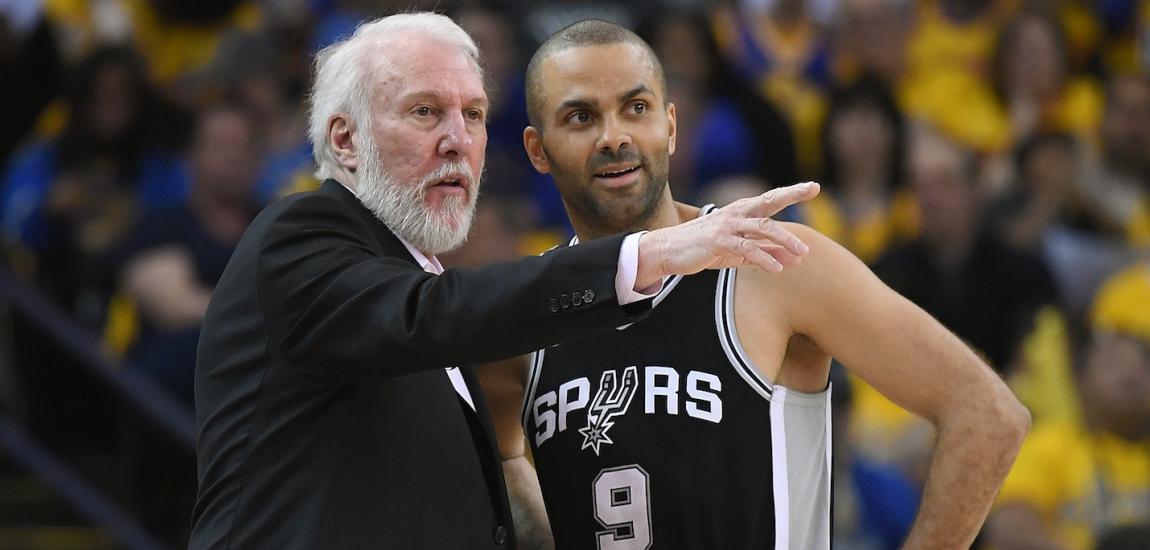By Victor Wishna
FanSided
Earlier this month, when Phillies ace Cole Hamels threw a 93 mph fastball directly at Nationals rookie Bryce Harper, and later admitted he had done so intentionally, he wasn't just acting "old school" and "welcoming" the 19-year-old Harper to the big leagues. He was technically committing a felony.
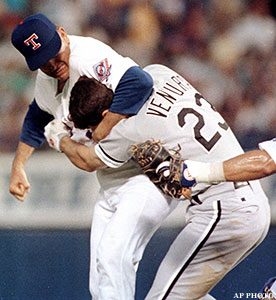
The specific statutes vary by city and state, but if Hamels hadn't been in a game inside Nationals Park when he went through with his act -- "Intentionally or knowingly engaging in conduct which created a grave risk of serious bodily injury to another," is how the D.C. criminal code defines aggravated assault with a dangerous weapon -- he could have been facing up to ten years in prison. Instead, Major League Baseball suspended him for five games (four of which he wasn't scheduled to participate in anyway).
Of course, professional athletes are not part of the civilian world, especially when they step onto the field or the court or the ice. They play, literally, by different rules. But with all the attention to Hamels' beaning of a batter, the Saints' bounty scandal, and the role of NHL "enforcers," among many other stories, the ostensibly criminal violence those rules often sanction (or fail to punish) in the games they love -- even so-called non-contact sports like baseball or basketball -- are under a bigger microscope. There is a fine line between competitive drive and outright injurious intent, which frankly is what makes a large portion of sports appealing to us, whether we like to admit it or not.
But where does that line fall? Clifford A. Cohen, a former chief public defender in Jackson County, Missouri, and instructor in criminal procedure at the University of Missouri-Kansas City, calls it a complex situation.
"A prosecutor would want a very clear case that the conduct in question did not reasonably advance the goal of winning the game or contest, but had a different, sinister agenda of causing injury to another person with a malevolent motive," Cohen says.
All right then, let's go sport by sport, and see where things get blurry.
Baseball
We'll start with the potentially lethal assault known, in baseball lingo, as "beaning" or "plunking." According to Cohen, AA person commits the crime of assault in the first degree if he attempts to kill or knowingly causes or attempts to cause serious physical injury to another person." At least, that's the textbook definition.
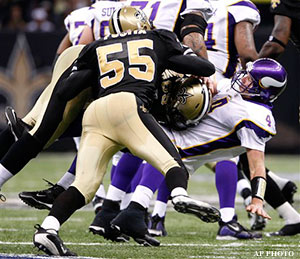
And throwing -- and aiming -- a hard, solid object with enough velocity to break a bone (or a skull) sounds pretty textbook. And you almost always could argue that the action in no way increases the offender's chances of success in the game, beyond taking a capable player off the field due to injury.
What about other extracurriculars that so often occur in the flow of the game? A base-runner who tries to take out the shortstop and break up a double play is being aggressive, but not necessarily with intent to injure (though perhaps so, if he goes in with spikes up and aimed for a, um, vulnerable spot). But charging the mound or clearing the bench is different.
"[That's] for the purpose of punching someone," Cohen says. "That is intentional wrongful conduct" or simple assault.
Football
Of course, intent is everything in determining criminal behavior. This is at the heart of the current Saints' bounty scandal. Sure, football players are paid well to block and tackle and do what they can to separate their opponent from the ball. But doing so with the explicit intent to disable them -- rendering them physically incapable of staying in the game -- seems completely different to us (or should).
"Typical and ordinary physical contact in football can cause injuries, [but] for there to be criminal liability there must be some evidence of an intent to injure," Cohen says. A bounty system establishes pretty clear intent.
There is plenty more that might be outside NFL rules, but is still seen as part of the game. For example, what happens under the pile -- particularly during a fumble recovery -- often stays under the pile, and it's rare when an offender is called out. Chiefs' fans may remember an incident two seasons ago involving defensive lineman Shaun Smith that just seemed wrong.

"Grabbing a player's testicles is not sports-strategic," Cohen says. "It is clearly just an assault for a malicious purpose."
Smith was fined $10,000 by the NFL, but later won his appeal.
Ice Hockey
It's not an official position on an NHL team, but it might as well be: "Enforcer" even has its own Wikipedia page. Whenever an opponent gets out of line or is deemed to be playing a bit dirty, it is the enforcer's job to check him or outright challenge him to a fight, which will generally be allowed to play out before both sides are escorted to the penalty box.
"Sanctioned fighting in hockey has no purpose other than making it a blood sport, and the intent to injure seems apparent,” Cohen says, noting that in Missouri it could qualify as a Class-A felony with up to 30 years in prison.
Basketball
Aside from the occasional out-and-out punches to the jaw (famously, Kermit Washington's roundhouse in 1977 almost killed Rudy Tomjanovich), and excursions into the stands to scuffle with fans, NBA players are often known for aggressive intentional fouls, which are not always called intentional.
"[Such] examples seem to have a knowledge that serious harm is likely and therefore should be criminalized," Cohen says.
In other words, two shots, the ball and five years in medium-security lockup.
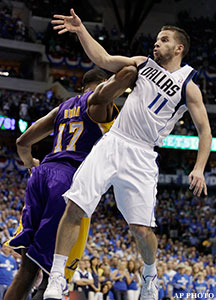
Boxing/MMA
Yeah, we're just going to skip these. There's enough here for a separate article.
Auto racing
Here, we'll overlook the small issue of speeding, which is the objective of the sport. In most states, exceeding the posted limit by more than 25 mph can be get you arrested for reckless driving, a misdemeanor that can lead to a hefty fine and a suspended license. So what do you think the penalty might be if you took your Formula One racer to work and got caught doing 195 in a 35? It’s a trick question. The cops aren’t going to catch you in their Crown Victoria, now are they?
In the context of a race, collisions can be a natural part of trying to get a lead, so no crime there, says Cohen. But intentional ramming designed to cause another car to hit the wall or other cars, as Kyle Busch notably did late last year, "Would fit the criminal assault statute," he says.
That means jail time. Busch, meanwhile, was put on probation for the rest of the season and fined $50,000, less than 1 percent of the approximately $6 million in winnings he'd collected in 2011.
Soccer
The same standard for a hard foul -- not serving a strategic sports purpose -- would apply here, too. The most memorable might be Zinedine Zidane's head butt in the 2006 World Cup final. But what about the tendency for players, present in all sports but famously so in soccer, to fake an injury (or to fake contact of any kind) with the intent of getting the benefit of a call? How is taking a dive and rolling on the pitch in front of the ref that different from falsely reporting someone to the police?
"Hmm. I am not tracking you, but it certainly is illegal to make a false statement to a police officer," Cohen says.
OK, soccer probably could have been skipped.
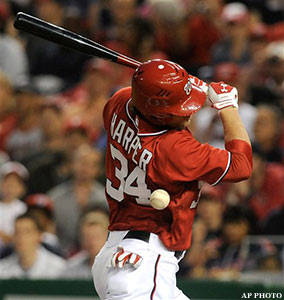
Cohen doesn't foresee a time soon when public authorities will seek jurisdiction over actions on the field of play, but that doesn't mean it won't happen. There have been prosecution of NHL players, such as Marty McSorley and Dino Ciccarelli, for hitting an opponent with their stick, but those have proven to be rare cases.
"It took an evolution in thinking to get us to the point where [certain things] became prosecutable," Cohen says. "In the 1950s when I was a kid, a teacher could whack you with a ruler and your dad could knock you on your ass for being disobedient, and no prosecutor would touch either of those. Today, no prosecutor would turn down a chance to file a charge for that behavior. So sports needs to have a continuing public dialogue and enough players to push for a new way of thinking."
Meanwhile, those in the game will have to rely on field justice, some of it fair, completely within the rules, and perfectly "old school," too. Harper, of course, got his comeuppance. After taking his base, he eventually stole home on Hamels.
And there's nothing criminal about that.
-- Victor Wishna is a staff writer at Arrowhead Addict, part of the FanSided Network. Follow FanSided on Facebook.
Popular Stories On ThePostGame:
-- America's Forgotten First Black Gold Medalist
-- The Inside Story Of Northwestern's Rise To Big Ten Champs -- Book Excerpt
-- The Exercise That Makes Body Fat Disappear
-- Hope Solo Welcomes New Love Interests







